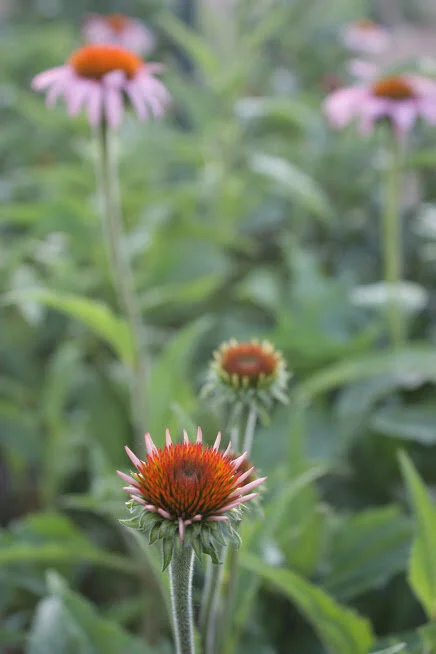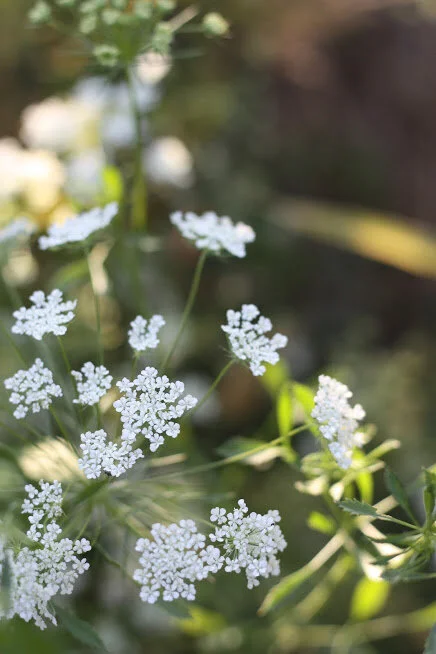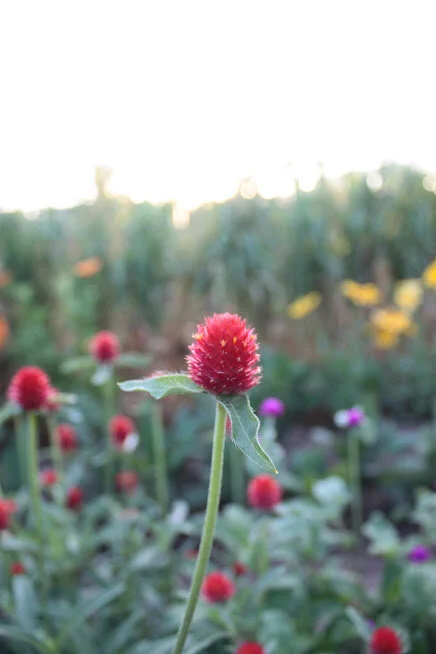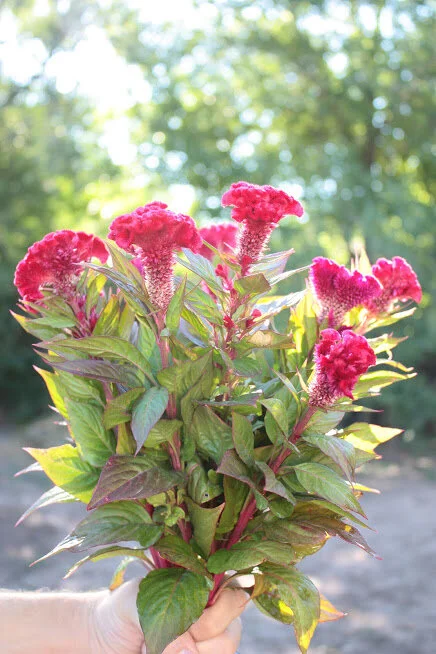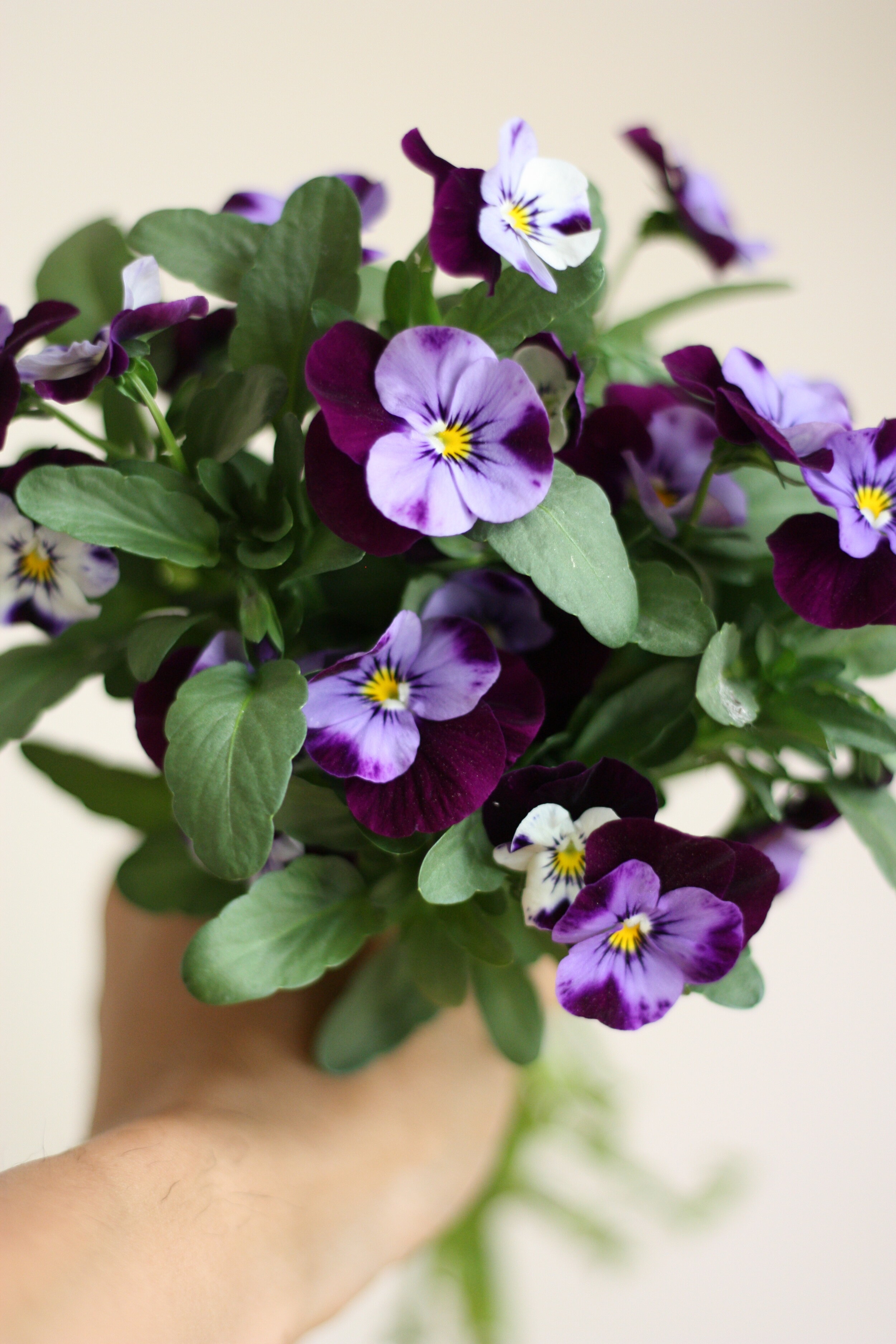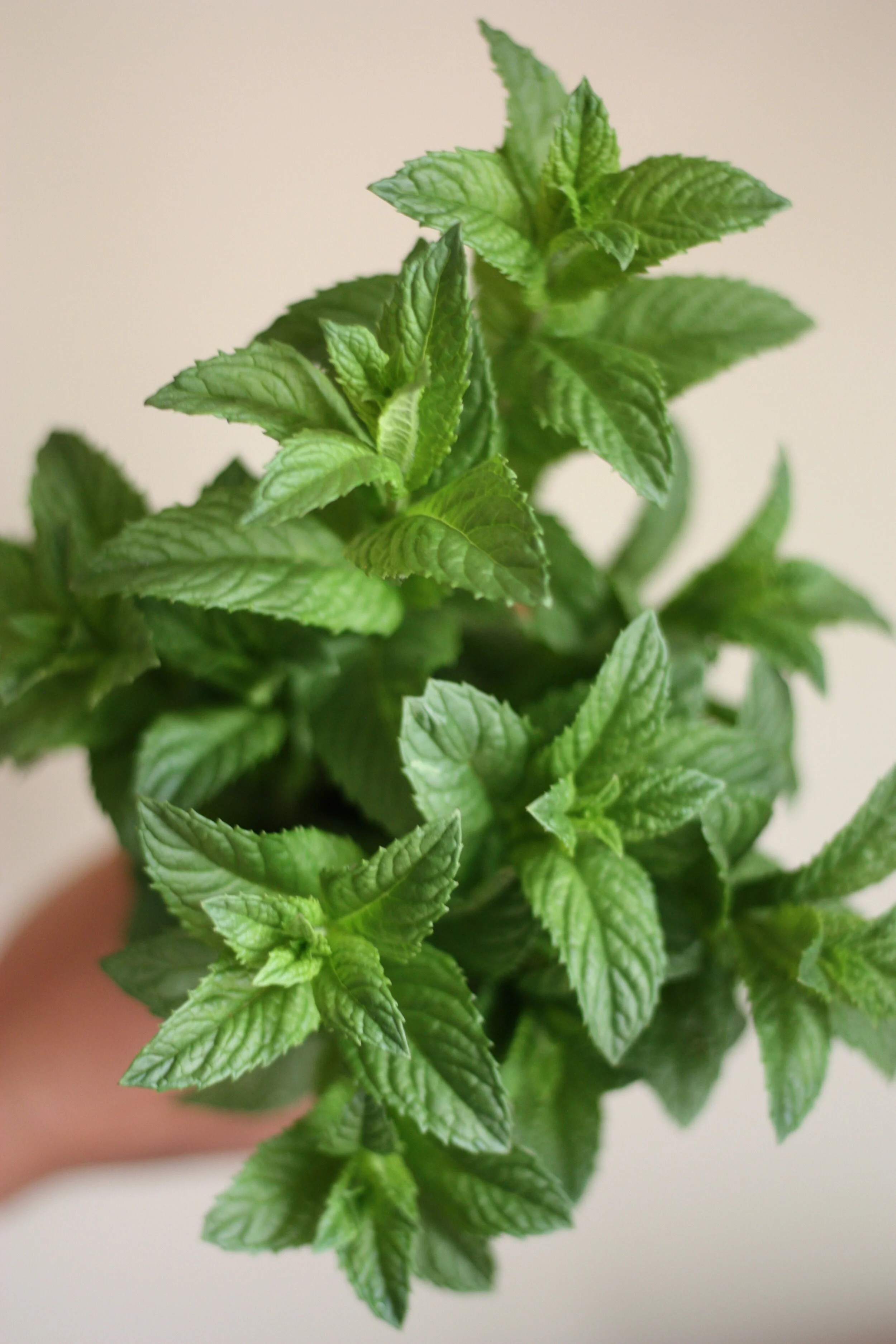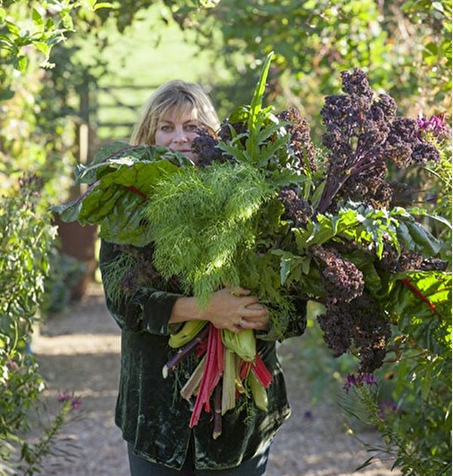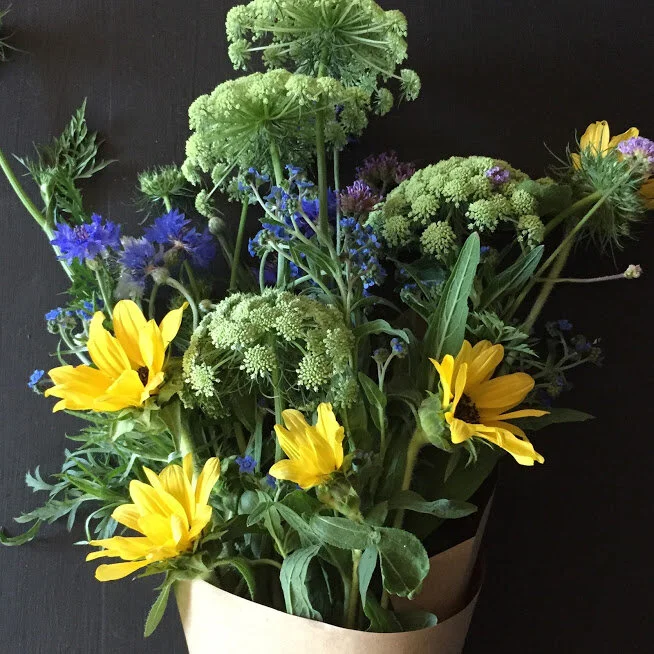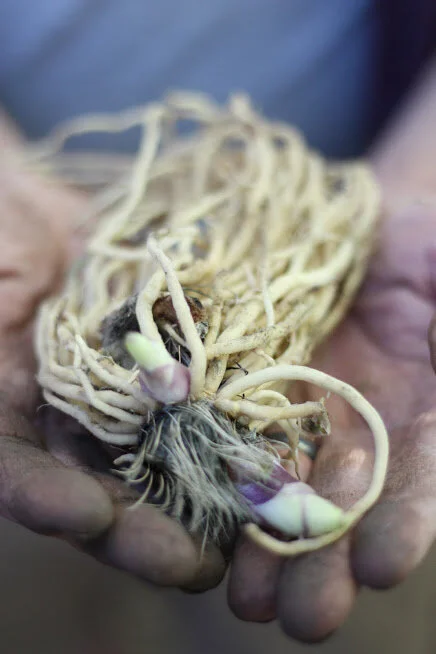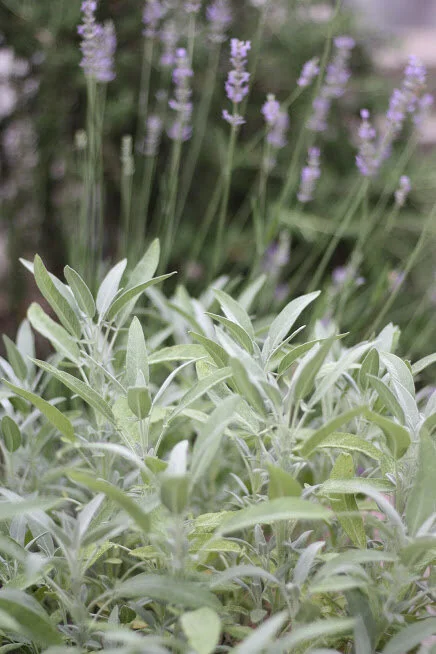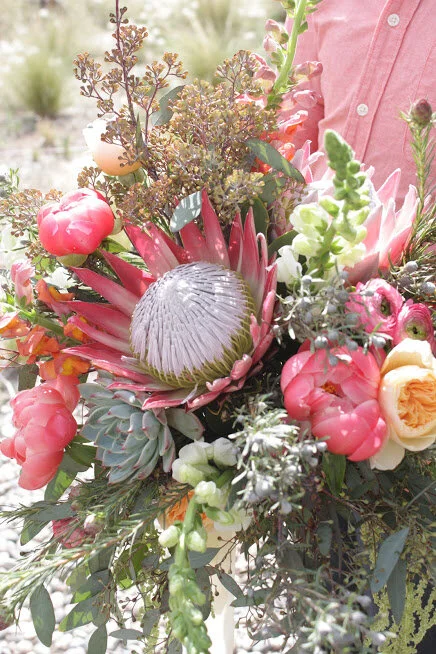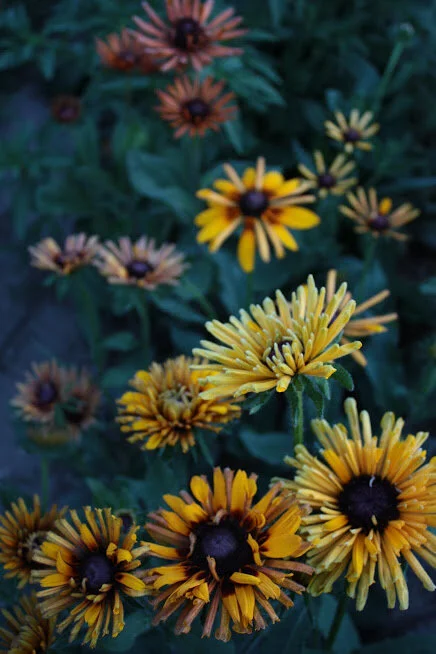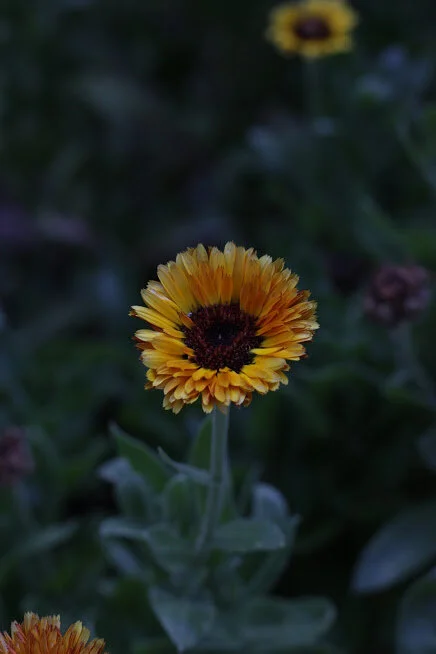Easy to grow from seed, tough as nails, drought tolerant and winter hardy as well, yarrow is a great plant to grow - requiring very little care or maintenance - and will provide you with a lot of blooms for use in floral arrangements and bouquets.
Read MoreOne of the first flowers I ever grew from seed were purple coneflowers - Echinacea purpurea, the poster child of the North American native plant movement and a key species in everything from pollinator gardens to giant prairie plantings everywhere.
It’s a great plant to grow - doing well in even the worst conditions of poor soil, hot humid summers, freezing cold winters, and will support itself with long strong stems and a great upright habit. It will support a great variety of native pollinators, grows well nearly everywhere and is a robust and hardy perennial that will reward you with long flowering stems year after year.
Read MoreWhat do you do when the flowers you’ve grown aren’t necessarily the ones that you’d like to have? What if you were wanting to have blush dahlias, cosmos and roses for the summer but none of them turned out? What if you don’t have enough filler, or your foliage looks ratty from flea beetles?
I think we’ve all been there in some form or fashion. The problem is that you can’t just wave a wand and make flowers appear - you’re going to have to make do with the flowers you have growing.
So now what?
Read MoreAmaranthus is pretty easy after you’ve got seedlings in the ground - with enough heat and sunlight, it will be one of the lowest maintenance plants you can grow in the garden. Seriously, it will just start shooting up into a big and tall plant, seemingly rocketing up overnight to take advantage of the warm growing season, and if you keep giving it water and nutrients it will continue to grow just as explosively.
Read MoreGomphrena (also commonly referred to as globe amaranth) is the cutest little flowering plant you’ve ever seen. Little brightly colored gumdrop-like flowers at the end of long straight stems make for a very unusual but very enjoyable plant in the garden and in the vase.
Read MoreSunflowers are one of our favorite flowers. Their sunny faces are well-beloved by pretty much everybody -with even artists like Monet and Van Gogh immortalizing them in their art - and are one of the easiest, most reliable flowers to grow. A staple of flower farmers ad gardeners everywhere, they are a great flower to have in the garden and in the vase.
Read MoreCelosia - know by its common name of ‘Cockscomb’ given the appearance of certain varieties - is a wonderful flower to grow as a cut flower. Easy to grow from seed, low maintenance, growing vigorously and without much issue even in extreme heat and humidity and lasting forever in the vase, celosia is a very happy, colorful, and spectacular flower.
Read MoreWe knew that it would probably be a gamble to try and grow violas and pansies as cut flowers here - growing a mile above sea level really shortens stem length for all flowers, and our springs are generally short and very hot, which are all non-ideal conditions for growing violas and pansies
But we decided to give it a try (and I’m glad we did!). because we wanted to see if it was possible to get them to grow as cut flowers here. If it were possible, we knew pansies and violas would be an invaluable addition to the lineup cut flowers we are able to offer in the spring - being some of the earliest and most hardy flowers to grow.
Read MoreNine amazing spring fillers and foliages for you as a flower farmer to use and grow in your market bouquets, subscription arrangements, selling to florists and wholesalers or even direct to customers.
Read MoreMany of you probably already know Sarah Raven - she’s based in the UK and has been growing cutting gardens and cut flowers for a very long time. I love her enthusiasm for cut flowers and gardening in small spaces in particular, and she has a very unique plant palette - one that is very distinctly British, and is one of our favorite gardeners.
Read MoreHere’s the thing - everyone always assumes that flower quality is based on the skill of the grower, which is true to an extent. If you are a bad grower, you’re going to have bad product regardless of what you do.
On the other hand, we found that our single, smaller blooms weren’t our fault.
And chances are, they’re not your fault either!
Read MoreOne of the things I like about farmer’s market is the fact that the customers are right there.
Like, literally right in front of your face.
How many places can you setup shop and have hundreds (if not thousands!) of potential customers pass in front of your place of business in the course of a couple of hours?
Read MoreA CSA is simply a fancy name for a weekly bouquet or arrangement that your customer pays for ahead of time for a set amount of weeks.
This involves a implicit agreement between the subscriber and the grower in which the subscriber commits to purchasing a set amount of product from the grower before the season starts.
This “pre-paid” subscription does two things. First and foremost, it provides an income stream for the grower at a time of year when it’s very much needed - prior to the growing season, allowing growers to invest in seeds, plugs, and the equipment necessary for the operation.
Secondly, it also ensures that the grower commits to growing and the subscriber commits to purchasing. No debating or need to constantly push sales - there are a set number of subscriptions, and that’s it.
Read Moref you’re not familiar with bare root plants, they are what they sound like - the bare roots and crowns of plants that are in a dormant stage that you can plant out.
You technically are already planting bare root plants if you’re growing anemones, ranunculus, tulips, hyacinths, daffodils, gladiolas, lilies, irises and dahlias - they are just in the form of a bulb or tuber!
The most common bare root plants sold are hardy perennials - Japanese anemones, phlox, roses, and so on - that are shipped to you as a whole plant you can just plant in the ground.
Read MoreWhen it comes to species we’ll always be in our growing lineup, herbs are always on our list.
Really, herbs change the game when it comes to floral design - as designers as well as growers, we’re always looking for things materials that fulfill certain requirements
The fact that herbs are also very hardy, tough, and in some cases perennial plants that are grown for harvesting makes them even more invaluable as a crop. And because they are familiar to people - most people can pick out basil, mint, sage and rosemary in an arrangement - makes for a great conversation starter and holds the interest of the viewer and makes for even more delight in the experience.
Read MoreThe other day, we sat down and talked with some flower friends - growers, designers, and discussed the upcoming wedding season. We talked about what we see changing, what we see staying the same, and some of the overall trends we’ve been seeing over time too.
A couple major points:
Flowers grown by local flower farms and growers are definitely in (and not just being promoted by flower farmers either - we’re talking mainstream floral designers and their clients)
It seems like this is the year that the “all-greenery” look is starting to fade, and the pastel-monochromatic look is definitely coming in
Definitely a move away from overstuffed pieces towards more minimalist pieces - although I’m sensing a trend towards a larger number of minimalist pieces to still create a very dramatic effect.
Rudbeckia - colloquially known as ‘Black Eyed Susans’ (which I generally don’t use because it’s far too long and is also potentially rude to anyone who may be named Susan) are one of those flowers that doesn’t really get the support and recognition it deserves from floral designers and flower farmers.
I think this is partially due to the fact that rudbeckia don’t bloom usually until the fall - and generally rudbeckia also are known for their bright gold coloration which doesn’t necessarily combine well with other flowers, especially when it comes to wedding color palettes that require softer, more pastel colors.
Read MoreI always am excited when I see the hellebores starting to bloom, because they are a sign that we are getting past the shortest days of the year and are making our way towards spring. They do bloom very early - far earlier than anything else - and can be enjoyed for a very long time when flowers in the garden are rare.
Personally, we love hellebores for just how elegant and structural they are - they seem like something supernatural, like some sort of alien flower that has come to sprout itself down here on the earth.
Read MoreOne of the easiest and most reliable flowers to bloom in the spring, they seem to do well in almost any environment and are our favorite spring bulb, .
Unlike tulips and hyacinths that are one of the choice plants to get eaten by deer, rabbits, voles and many other critters, daffodils don’t experience the same issues with animals wanting to eat them.
And unlike tulips and other spring blooming bulbs, they are also reliably perennial - producing flowers year after year and multiplying and naturalizing as well. They are very low maintenance - only requiring well draining soil and sun to do their thing - and will put on an excellent show for you in the spring with their cheery faces and light colors.
Read MoreCalendulas, also known as pot marigolds (due to their history of culinary use) are one of the easiest flowers to grow, and are some of the first cut flowers that many flower farmers (or gardeners) grow.
It probably has to do with a couple of factors that make them so easy to grow- first of all that the seeds are large and easy to handle which makes them a no-brainer for direct sowing, secondly that the seeds sprout very readily and quickly, and thirdly that they flower very quickly from seed - at around 60 days or so, and are relatively hardy (although they don’t tend to do well with long and extended and wet conditions at low temperatures).
Read More
